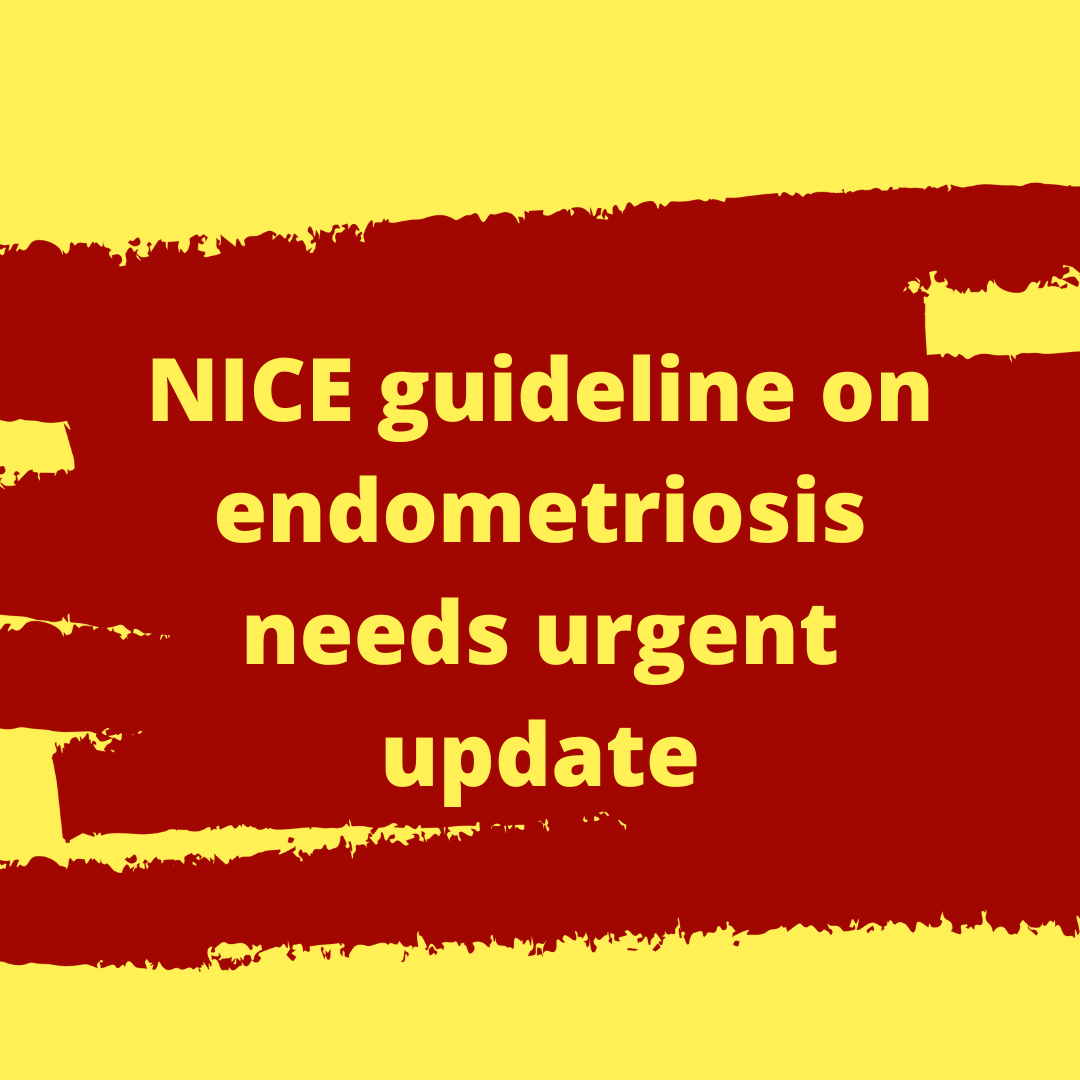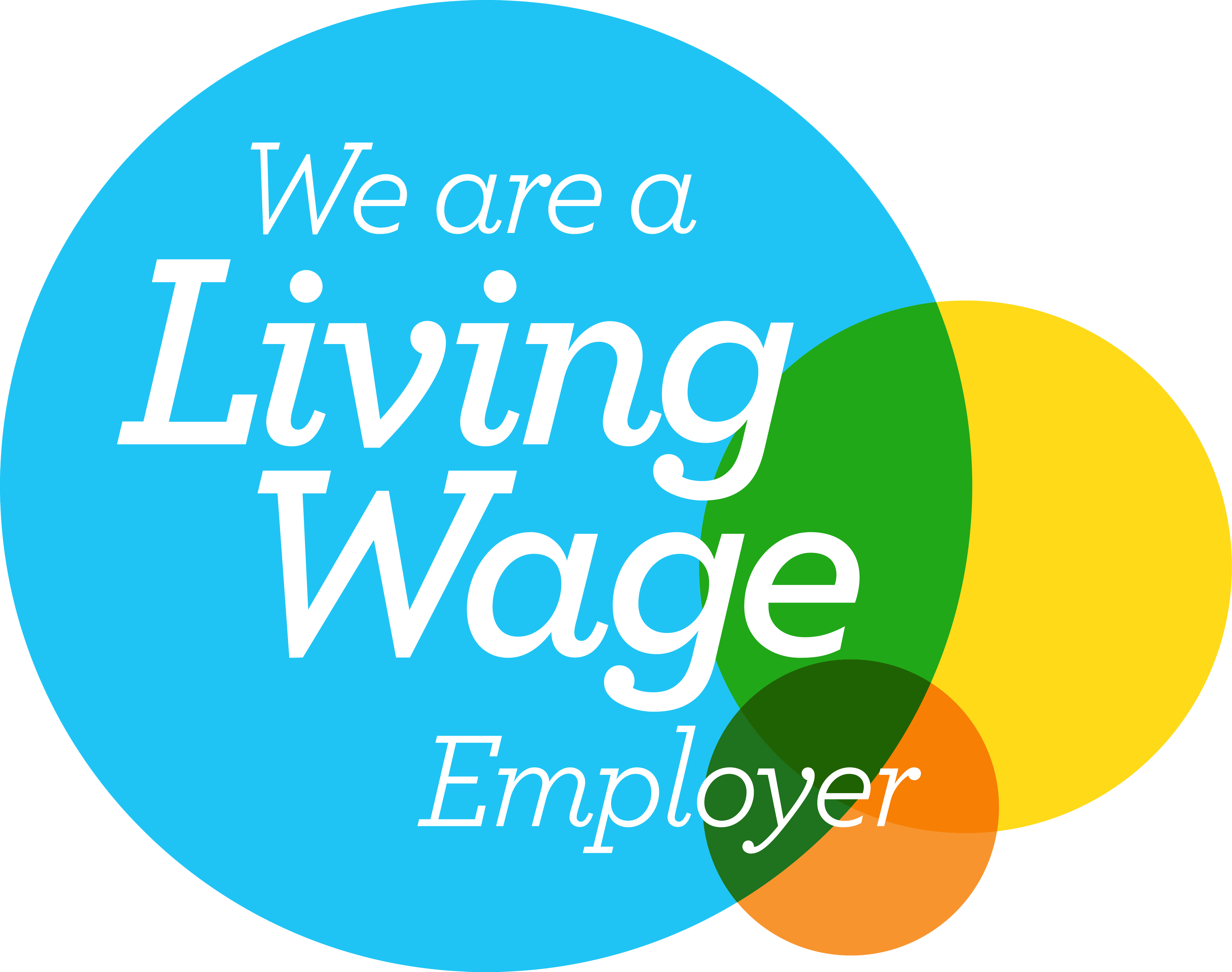NICE’s endometriosis guideline letting down many with the disease and needs urgent update, says Endometriosis UK
Click here to ask your MP to back our campaign to improve endometriosis care
-
Guideline is lacking in crucial areas of pain management and mental health
-
…and does not cover endometriosis outside the pelvic cavity
-
Call for update being made in Endometriosis Action Month (March 2022)
Endometriosis UK is urging the Government to ensure NICE updates its guideline on endometriosis, with the charity saying that the guideline has significant gaps.
Endometriosis affects 1 in 10 women and those assigned female at birth from puberty to menopause, although the impact may be felt for life. Yet diagnosis takes 8 years on average, a figure that’s not changed in a decade.
For some, symptoms make it difficult to succeed in education or stay in employment, and the disease costs the UK economy an estimated £8.2 billion per year in treatment, healthcare and loss of work.1
During Endometriosis Action Month (March 2022), Emma Hardy MP and Hannah Bardell MP, Joint Chairs of the APPG on Endometriosis, will jointly table an Early Day Motion to ask for an update on NICE Guideline (NG 73) on Endometriosis: diagnosis and management, to begin this year. Endometriosis UK will be mobilising its supporters to write to their MPs to ask them to support this EDM.
A full review of the guideline is needed, with gaps being identified and current best practice and evidence evaluated. This includes three key areas:
1) Improved pain management, especially non-pharmacological (ie non-drug) pain management
Despite endometriosis causing chronic and sometimes debilitating pain, many experiencing very painful symptoms are not able to access pain management services. A 2020 study by the APPG on Endometriosis, supported by Endometriosis UK, found that lack of pain management support was a commonly mentioned theme, and 58% of those with endometriosis would have liked to have been offered pain management services, but were not. The only mention of non-drug options for pain management in the current NICE guideline is a reference to there not being evidence to support the use of Chinese herbal medicines; there is no reference to non-pharmacological pain management options such as pelvic physiotherapy or psychological interventions.
2) Endometriosis outside the pelvic cavity, which occurs in up to 12% of those with disease2
The current guideline covers only endometriosis within the pelvic cavity, despite up to 12% of those with endometriosis also having the disease elsewhere in the body – that’s up to 180,000 in the UK. As this is excluded from the NICE guideline, there are no care pathways for those with thoracic endometriosis, or any other extra pelvic endometriosis.
Endometriosis outside the pelvic cavity is most commonly found within the chest cavity, including lungs and diaphragm, and is referred to as thoracic endometriosis. Depending on where the endometriosis is found, it may result in chest pain, sometimes coughing up blood, lung collapse, or blood found in the chest cavity. These unpleasant, scary symptoms may go undiagnosed or misdiagnosed for many years – often longer even than the eight years it takes on average between onset of symptoms and diagnosis of pelvic endometriosis.
Earlier this year, Endometriosis UK backed a joint statement by the British Society for Gynaecological Endoscopy (BSGE) and the Royal College of Obstetricians and Gynaecologists (RCOG) calling improved care for those with thoracic endometriosis.
3) The mental health needs of those of living with endometriosis
The 2020 APPG study also found 81% of those with the disease said endometriosis had badly impacted their mental health, and 90% would have liked access to psychological support, but were never offered this. Long diagnosis times when symptoms may not be believed, living with a chronic condition, living with chronic pain, and for some challenges around fertility can all have an impact. The impact on mental health needs to be recognised, and supported by recommendations in the updated NICE guideline.
Emma Cox, CEO of Endometriosis UK, said "Those with endometriosis often ignored or misunderstood. The NICE guideline sets the baseline for care in the NHS, yet it has notable gaps, meaning lack of support and lack of pathways for care. We want to see improved pain management and mental health support, the inclusion of endometriosis outsdie the pelvic cavity, along with a gap analysis to identify other areas that are missing. Due to these omissions, those with endometriosis are being let down and may be left with out access to the care and treatment they need"
"We hope that the Government realises that any delay in improving this guideline prolongs the agony of many of those with the disease. An update could be transformative to many lives now and in the future"
The NICE guideline has been formally adopted by the health services of all four nations of the UK, but has not been fully implemented. Endometriosis UK has been asking the Governments responsible for healthcare in England, Wales and Northern Ireland to look into this. In Scotland, an analysis of the extent to which the guideline had been adopted has already taken place and the Scottish Government is due to announce their next steps soon.
Notes to editors
For further information, including requests for interviews with Emma Cox or those living with endometriosis, please contact us on communications@endometriosis-uk.org
New ESHRE guidelines: In February 2022, the European Society of Human Reproduction and Embryology (ESHRE) issued a new guideline on endometriosis based on a review of new research and evidence, fully replacing its 2014 guideline.
About endometriosis
Endometriosis is where cells similar to those in the lining of the womb grow in other places – most commonly elsewhere in the pelvic cavity. These cells react in the same way to those in the womb during the menstrual cycle, building up and then breaking down and bleeding. Unlike the cells from the womb which leave the body as a period, this blood cannot escape. This can cause inflammation, pain and the formation of scar tissue.
According to 2020 research by the All-Party Parliamentary Group on Endometriosis, the average time with symptoms to diagnosis in the UK is eight years, and once diagnosed only 19% are seen in an endometriosis specialist centre.
Endometriosis Action Month
For a number of years, March has been Endometriosis Awareness Month. While this has been a successful initiative, allowing us to reach new audiences and spread knowledge about the challenges of living with endometriosis, we know that awareness only goes so far.
What those with endometriosis need and deserve is tangible action and positive changes which improve their wellbeing. That’s why we’ve decided that March 2022 is Endometriosis Action Month. Find out more here.
Click here to ask your MP to back our campaign to improve endometriosis care
1. Simoens S, Dunselman G, Dirksen C, et al (2012) The burden of endometriosis: costs and quality of life of women with endometriosis and treated in referral centres. Hum Reprod 2012;27(5):1292-9
2. 12% stat from joint RCOG/BSGE statement


